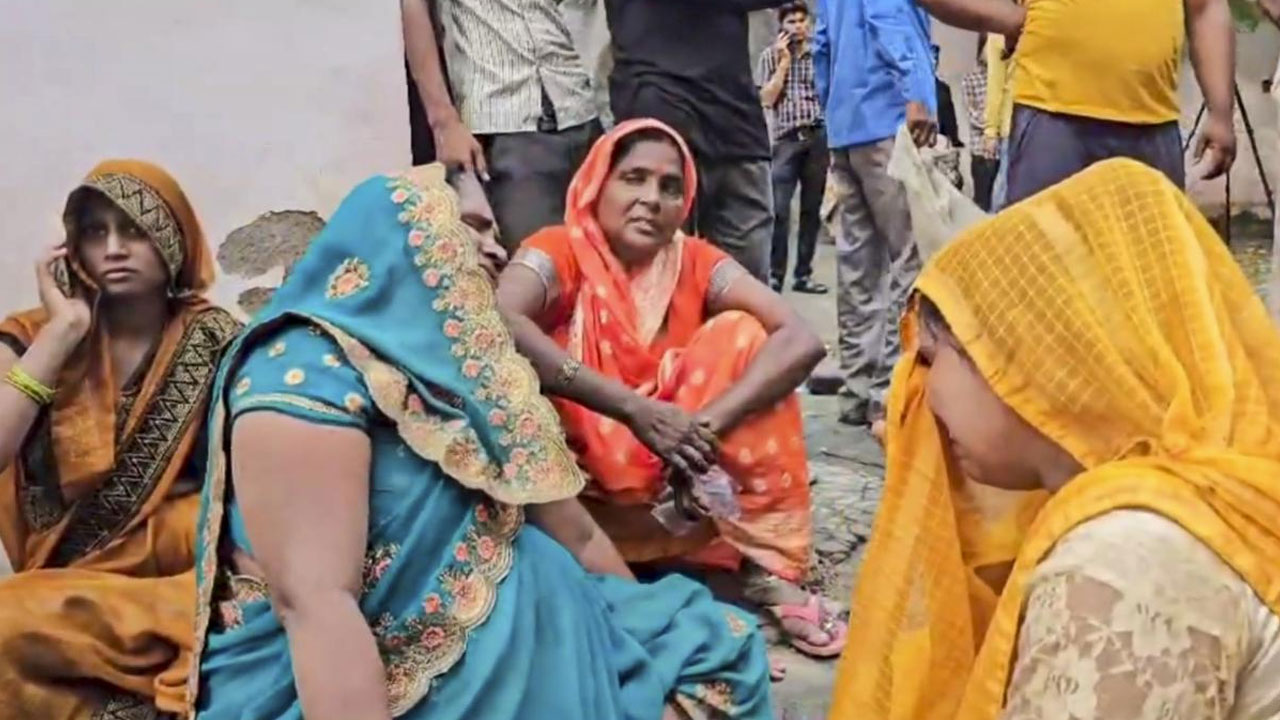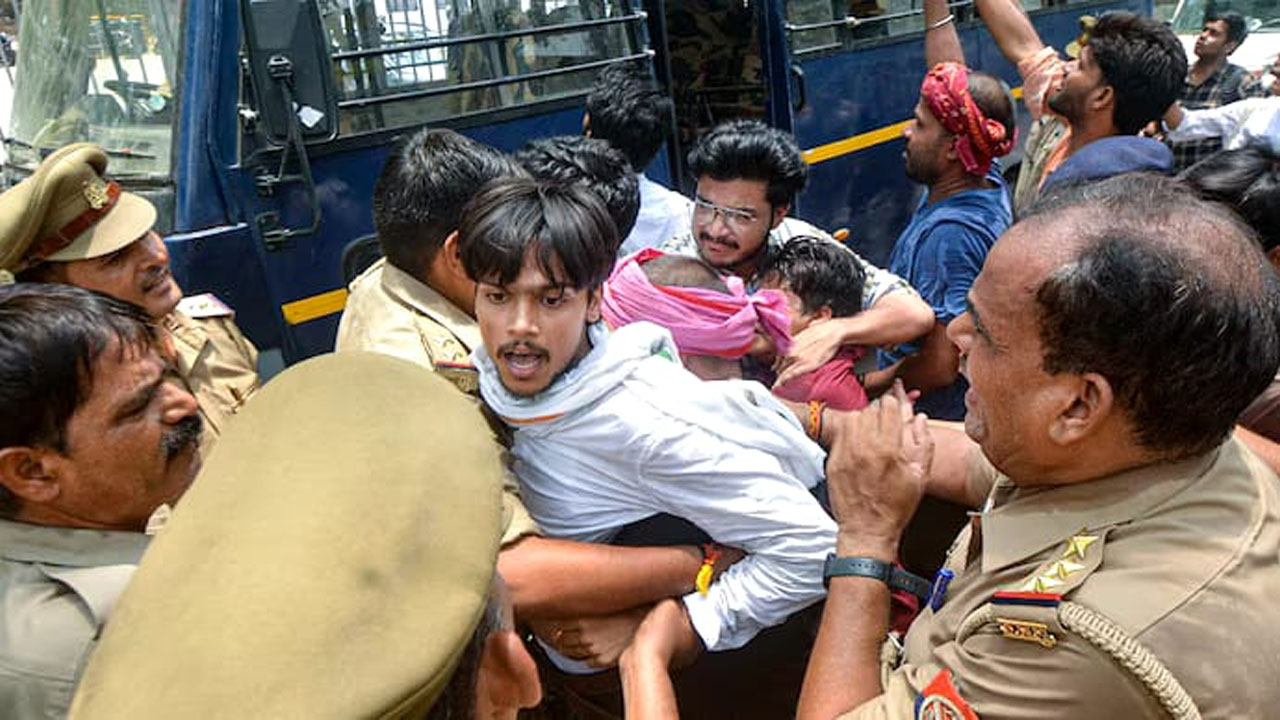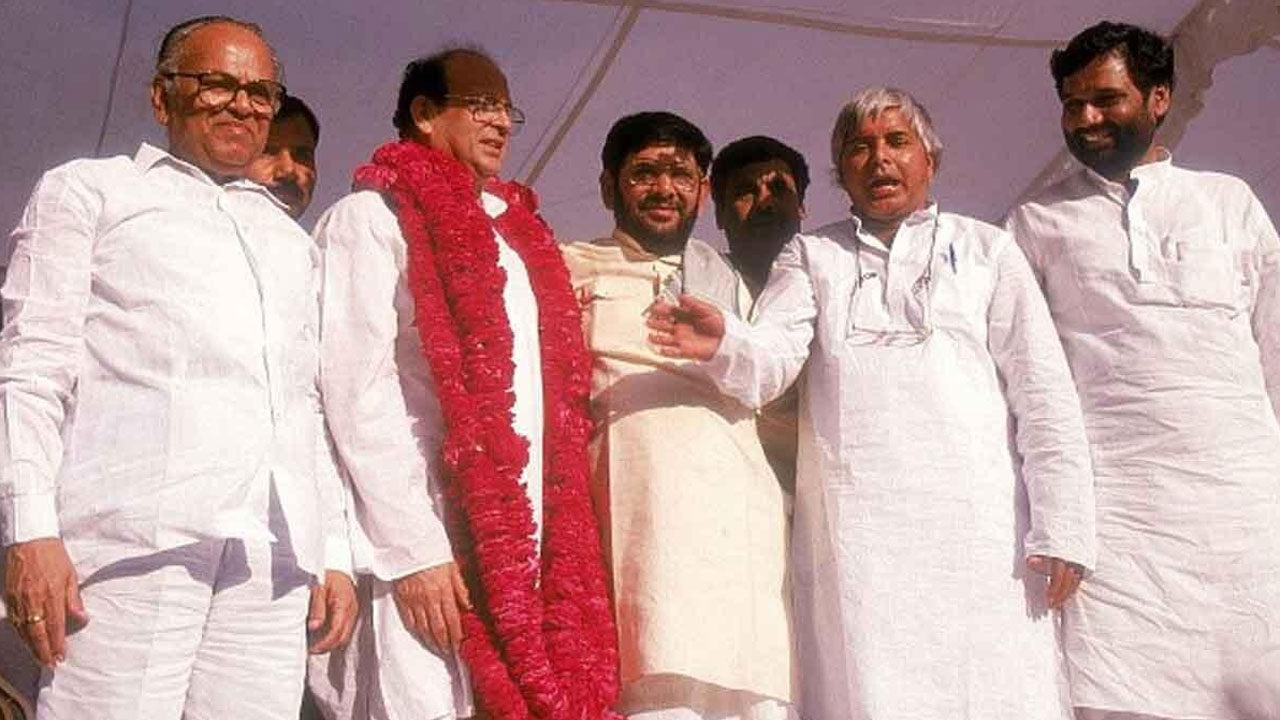The Bihar Caste Survey Report 2022-23 has again brought to the fore the question of each community’s stake and participation in the State. It does so by delineating the socio-economic and educational status of the people of Bihar. Also, it is now clear that caste census and social justice will be key issues on which the 2024 Lok Sabha elections will be fought.
On 7 November 2023, soon after releasing the caste survey data on the socio-economic-educational status of the populace during the winter session of the Bihar Assembly, Chief Minister Nitish Kumar announced that the state government would raise the cap on reservations for Scheduled Castes (SCs), Scheduled Tribes (STs), Other Backward Classes (OBCs) and Extremely Backward Classes (EBCs) from 50 per cent to 65 per cent. Along with 10 per cent reservations for EWS (Economically Weaker Sections), total reservations in the state will now touch 75 per cent.
Besides increasing the quota for reservations, Nitish Kumar also demanded that the Narendra Modi-led central government conduct a nationwide caste census and give a special status to Bihar. It is believed that with this move, Nitish has begun cornering the Bharatiya Janata Party (BJP) on the issue of social justice.
Within less than three hours of his announcement, the chief minister obtained the consent of the cabinet on the proposal. The government then moved a Bill in the Bihar Assembly on 9 November 2023 to implement the proposal and the assembly ratified it.
When Nitish Kumar proposed in the assembly the increase in the reservation quotas in the interest of the communities that are backward in social, economic and educational terms, the BJP enthusiastically welcomed it. But as soon as the chief minister raised the demand that the central government give Bihar a special status, the BJP benches fell silent. The BJP had never imagined that Nitish Kumar would dig out this issue, which had long been buried deep.
The raising of the cap on reservations and the demand to grant a special status to Bihar is likely to blunt the edge of BJP’s divisive Hindutva politics. That is probably why on 5 November, during his seventh visit to Bihar over the past year, Union Home Minister Amit Shah, addressing a public meeting at Patahi airport in Muzaffarnagar, charged Nitish Kumar with inflating the numbers of Yadavs and Muslims at the behest of Lalu Prasad Yadav. This was seen as an attempt to polarize all other communities in the state against the Yadavs, numerically the biggest caste group in Bihar, and the Muslims. There were murmurs of protest against Shah’s statement within the saffron camp as the Rashtriya Swayamsevak Sangh (RSS) and a section of the BJP believes that the stand may hurt the party politically.
Amit Shah had described the caste survey as “chicanery”. The BJP, which is politically backing the caste survey, has long been accused, and not without substance, of fanning opposition to it
Tabling the report of the caste-based survey in the assembly, Legislative Affairs Minister Vijay Kumar Chaudhari said that in its 111-year-long history, the Bihar Assembly had witnessed many historic developments and and the caste survey, conducted under the leadership of Nitish Kumar with the consent of the political parties, was one such development.
But CPI (ML), a part of the ruling coalition, has come out with many posers. The party said that while the report had exposed the extreme poverty engulfing Bihar, it was incomplete because it didn’t have data on land ownership. It also said that the poor representation of the OBCs and EBCs in education and employment was a matter of deep concern, so was the data on housing. Those living in shanties do not own the land on which their shanties stand. CPI (ML) state secretary Kunal said that the report shows how acute the problem of poverty in Bihar is. The government has categorized families with a monthly income of Rs 6,000 or less as poor. The percentage of poor families among the SCs is 42.93. The corresponding figures for STs, EBCs and OBCs are 42.70 per cent, 33.58 per cent and 33.16 per cent, respectively.

The report shows that the participation of Dalits, EBCs and OBCs in education and employment is still very low. It shows that 23.45 per cent SCs, 16.08 per cent STs, 15.59 per cent EBCs and 10.04 per cent OBCs live in shanties and don’t own the land on which they live. They are always under threat of the bulldozer and displacement. Kunal demanded that the government conduct a comprehensive survey and promulgate a new law to grant ownership rights to the landless over the land on which they live.
Most of the families living in one- or two-room tenements with clay-tile (khappar) roofs also do not own the land and are always under the threat of their homes being pulled down. As part of the survey, land ownership data was also collected but was not included in the report. Obviously, without data on landlessness, the report is incomplete. Information on community-wise ownership of land is needed to take forward the land reform process that has been hanging fire for years. Bihar is a state where farming is still the mainstay of a majority of the people but the communities who till the land don’t own it. It is estimated that almost 70-80 percent of the land is under tenant farming. The related data should be made public and tenant farmers should be made owners of the land.
The report has also exposed the hypocrisy of the intellectuals from the forward castes who insist that they will benefit from reservation without data to show the need for it. The report says that among the Bhumihars, which is considered a powerful and prosperous community, 25 per cent are poor. But they are unwilling to accept this reality as they feel that it will undermine the social standing of the upper castes. Among the Savarnas, the Bhumihars were found to be the poorest and the Kayasthas, the most prosperous. The poverty rate among the seven Savarna castes (both Hindu and Muslim) is 25.09 per cent: Bhumihar 27.58 per cent, Shaikh 25.84, Brahmin 25.22, Rajput 24.89, Pathan 22.20, Syed 17.61 and Kayastha 13.83.
The data shows that poverty is prevalent among all communities and castes in Bihar. But the problem is that a large section of the forward castes is still holding the banner of religion-based politics aloft instead of talking about poverty and unemployment. Clearly, the battle against poverty and unemployment will have to be waged by the toiler castes, that is the Dalits and the OBCs.
(Translated from the original Hindi by Amrish Herdenia)





